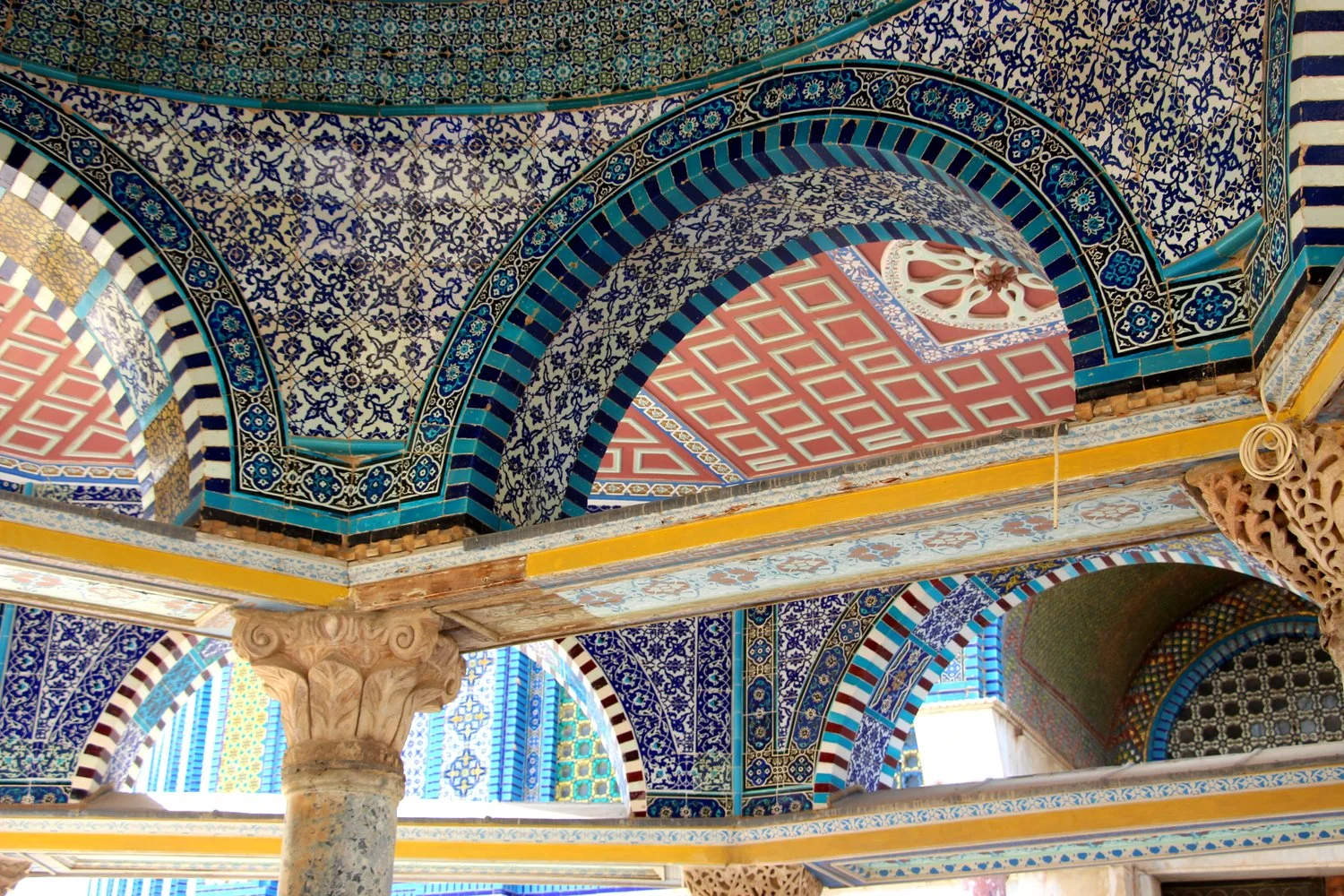Laos is one of the few places in Southeast Asia that remains off the beaten path. That makes it more valuable of a trip, but also more difficult to explore. Luckily, Blakely’s hometown friend Ryan found love and relocated to a charming, old French colonial town in Laos, and he showed us the best and behind the scenes spots of this spectacular place.
Luang Prabang is the cultural center of Laos and the headquarters for any visit. We stayed in a fabulously central hotel called the Vilayvanh Guesthouse, which allowed us to walk most places on our list. Our first dinner was a treat: Buffet with the locals where we barbequed our own meat in hot oil in the center of the table. YUM.
The next day, Ryan and his fabulous wife Daolinh took us to a festival that her family’s village had that day in honor of the harvest season. It was an invaluable opportunity to be hosted in such style by her family and friends. We tried to keep up, but these people know how to party!
This traditional preparation of purple rice cooked in bamboo was absolutely fabulous.
Crunchy crickets were....crunchy.
That day, we also stopped by a local treasure, the beautiful Kuang Si waterfalls. It was perfect for the hot day and gorgeous to explore.
For dinner, they took us to Secret Pizza—an absolute must for your stay in Luang Prabang. They serve delicious Italian cuisine (our favorite and something we hadn’t had in QUITE a while!) and the ambience is super fun and casual.
One of the coolest things to see around Luang Prabang were the monks. More on them later!
For the weekend, we traveled to a river village called Nong Khiaw for a little getaway. The hotel, Nong Khiaw River Cottages, had gorgeous standalone cottages that overlooked the river (I guess the name is a giveaway!). They perfectly combine comfort with luxury.
Nong Khiaw holds lots of fun activities, but first we chose a bike ride to the local caves. The countryside is gorgeous to bike through, and the caves were super cool, even though Blakely isn’t such a cave person.
The next day, we took a boat ride down the river with a few friends of Ryan and Daolinh. Not only did they catch our lunch, they proceeded to grill it right on the riverbank using bamboo. We ate on huge banana leaves, and we tried to act like this was something we did every day. What the photos can’t show is the crazy music blaring—Laotians LOVE their music.
Afterwards, we had drinks at the boat driver’s house with his lovely family, where the music and fun continued.
This baby was absolutely passed out, despite the blaring music!
That night, we had dinner at a local nameless duck restaurant, and then had one of the best nights of our trip. We were met by two of Daolinh’s friends, who were off duty from guiding a tour group. We loaded into the tour van, and they took us to a local karaoke place. If you’ve never been to karaoke in Asia, YOU MUST. It is a necessary cultural experience because it is SO different from any other karaoke. Singers remain seated, and grown men in business suits go by themselves and proceed to sing love ballads endearingly, though rather quietly, into the mic. This particular karaoke place didn’t have many English songs or a list of what songs it had, but we were in luck and were still able to sing our rendition of New York, New York (with all of the hand motions, of course). In our passion for the song, we forgot the no stand-up custom, but our performance was all the better for it. Obviously, Blakely wowed with belting out, at the top of her Southern choir trained lungs, I Will Always Love You. While there is footage of the performance, it will never see the light of day. To our valued readers, we do offer these snapshots so you can fill in the blanks.
Every performer knows you end on a curtsey.
We’re positive those poor businessmen will never be the same.
We finished our fabulous time at a late-night bocce bar (they call it pétanque, thanks to the French). Who won the game? No idea.
We went back to Luang Prabang, but before departing Laos we were able to witness a must—the Alms Giving. Every morning, the monks travel around the city to collect their food for the day. The citizens turn out in droves and give food on bended knee. Super early, but really cool to see.
Our time in Laos was exceptional to our trip, and it was all thanks to our remarkable hosts, the warm welcome of every Laotian we met, and a fabulous karaoke hut.















